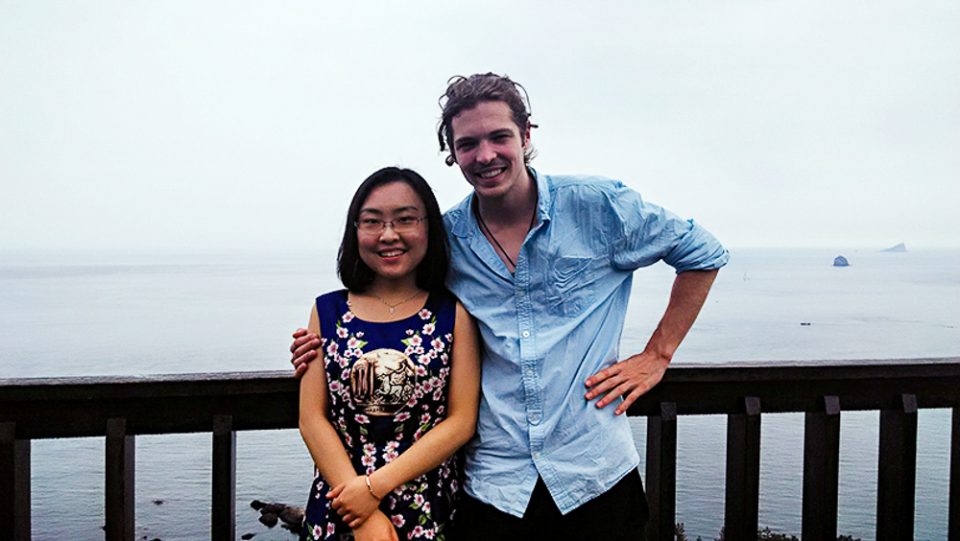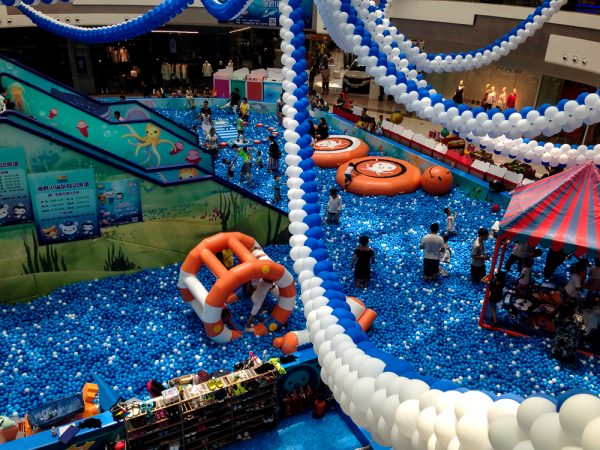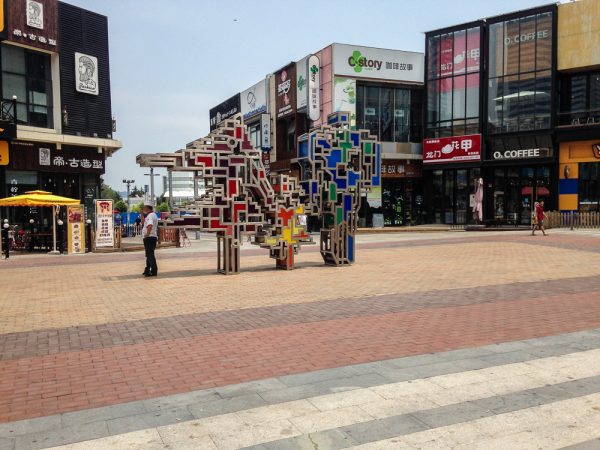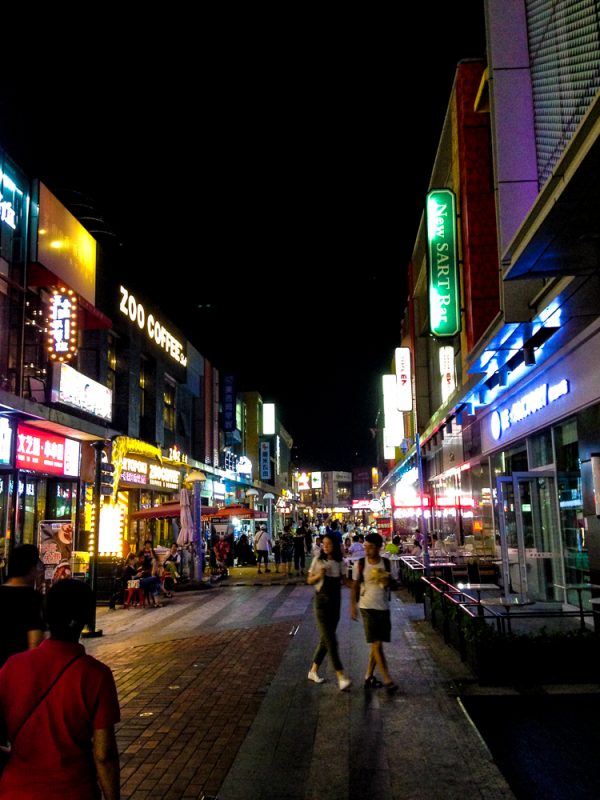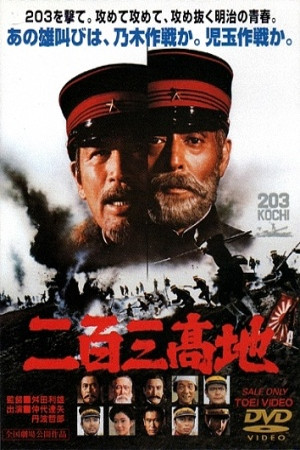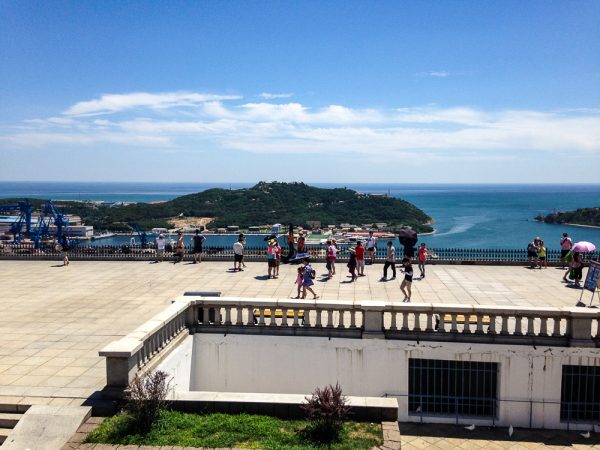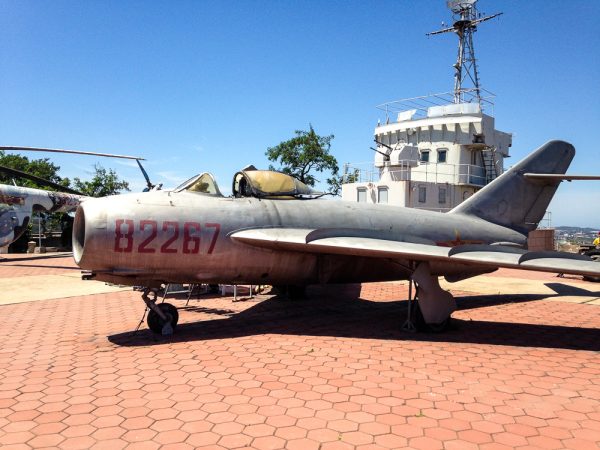Dalian & Lushun in the Russo-Japanese War
Published by CamDarling on
Dalian and Lushun (Lv Shun) are seaside cities on the Liaodong Peninsula. The region isn’t as popular as nearby Beijing or Tianjin for international tourists, but it may be worth exploring for those who love military history or technology. Dalian is the Tech Hub of North East China while the quieter Lushun only a few hours away has some fantastic museums and monuments reflecting the areas bloody era at the turn of the 20th century. China, Russian and Japan all fought over this crucial ice-free port, and influence over Manchuria to the north and Korea to the east.
I visited Dalian to see a close friend and her family. So I got the short three day tour of her hometown’s best sights, the chance to go shopping, and visit a few Dongbei style restaurants. This was my first true homestay in China, the hospitality couldn’t have been better!
Dalian is the second largest city in Liaoning Province in North-East China. The city, together with neighboring Lushun is located at the end of the Liaodong Peninsula and is the most strategic military ports on the Bohai Sea. The port was also highly prized for trade between Russia, Manchuria (North East China & Korea), the United Kingdom and Japan. So naturally, the region has a long history of conflict between these major powers. Lushun has some fantastic museums on the ancient civilizations of the area, the Sino-Japanese Wars and the Russio-Japanese War.
The city is also well-known for the growing technology industry, hosting companies like Tencent, Ericsson, IBM and Dell, and being among the best cities in China to live. It’s considered a tier 2 city for economic development and boasts one of the best environmental records for a city of it’s size (7 million people), although air pollution is still an ongoing concern. For this reason, the city has traditionally been a popular vacation destination for Chinese in Northern China for the beautiful beaches and clean water.
Wanda Plaza
Wanda Plaza is located in Dalian’s High-Tech Park. Recall in my Forbidden City Article that some of the best restaurants are in shopping malls in China. This is where my friend’s family took me to eat one night.
Now, I’m not big on shopping malls. I travel light so buying extra stuff isn’t my thing. But the trampoline park was hilarious! It’s a supervised playground for children with balloons, obstacle courses, velcro-suits, climbing walls etc… Parents pay a hefty price 128 RMB ($18.67 USD) but can leave them there all day while they shop.
The shopping was cool too, China has a lot of brands that look remarkably similar to western brands but for way less. My friend’s mother insisted on gifting me pair of sandals to replace the ones I broke earlier on my trip. It’s hard to find size 44+ shes in China. I had only been wearing my hiking boots since then and it was the middle of summer.
For 100 RMB ($14.80 USD), I got some sandals that look almost exactly like Birkenstocks (Usually $100+ USD). The sandals were super comfortable and surprisingly good quality! I still wear them! Looking back, there are a lot of products in China where the quality still isn’t up to par, like I found the sneakers a little thin. But as someone who never follows fashion trends, who doesn’t care about brands, only quality, shopping in China is a great way to look trendy but pay very little.
Dalian Tiger Beach (Luohutan) Park
This park is a nice place for a stroll. The park has 4,000 m of ocean coastline and has some great sculptures like the Tiger Sculpture. At one end there is also an amusement park with a Ferris Wheel.
The park has China’s only Polar Aquarium with a polar bear and penguins and a coral museum. Entrance to the Aquarium is 210 RMB ($34 USD).
I’ve mentioned in my Hong Kong Article that I’m not the biggest fan of Zoos. Aquariums fit in to that ethically conflicting category for me as well. Neither Polar Bears or Penguins are indigenous to China, so I can’t imagine they are among the world leaders in their research… I didn’t visit the museum, but it’s there if you are interested.
Dalian Seafood & Dong-Bei Cuisine
Traditional Dalian cuisine is a fusion between Shandong and Dong-Bei (North East Style) cuisine as the original settlers in the peninsula migrated from across the Bohai Sea. Of course, Dalian has access to the sea, which most of North-East China (Manchuria) does not.
Of course, Dalian is a massive city so you can find pretty much anything from Indian food, Subway, KFC, Thai, Western Burgers, McDonald’s etc… But I’ll focus on the local food. Dong-Bei food involves a lot of pickling, braised meats such as lamb or pork, wheat noodles, cornbread, hearty stewed mixed vegetables like sweet potato, eggplant and cabbage.
There are also Dong-Bei style dumplings which I tried and definitely recommend! Popular dishes include Suan Cai, Caramelized Sweet Potato, Twice Cooked Pork, Cumin Pork, Dried Tofu with Hot Peppers. Check out Seriouseats.com for more info. I also had the Squirrel Fish again that I first tried in Beijing. The food was delicious, I didn’t have a single disappointing meal in Dalian thanks to my friend and her amazing parents.
Lushun, Site of the Russo-Japanese War
As I mentioned previously, Lushun and Dalian were hugely important as strategic ports. Over the years, the area has been called several names including “Port Arthur”, “Ryojun” by the Japanese, Dalniy & Dairen (Dalian)by the Russians and Japanese. Thanks to the introduction of European Powers in the pacific as we covered in our Summer Palace Article, the weakening of China left a power vacuum in the region. In it’s place emerged the new eastern power Japan, and the European Powers: France, Germany, United Kingdom, Russia and the United States.
In the 11 years between 1894 and 1905, Lushun and Dalian would change hands between three nations and the people who lived there would become the first victims of 20th century warfare. Link to a great short Youtube video on the side. It’s easiest to use a timeline to describe the events:
- 1894 France-Russia Alliance
- 1894-1895 Sino Japanese War
- 1895 Russia, France Germany forced Japan to return Lushun to China. Japan could not convince the UK or USA of lending it support against the three other powers
- 1897 Russia’s Fleet Occupy’s the Lushun Harbor and China agrees to lease the peninsula to Russia for 25 years
- 1902 Anglo-Japanese Alliance was signed
- 1903 Russia was supposed to withdrawal from Manchuria, they didn’t
- 1904 Japan declares war against Russia, after sinking it’s fleet at Lushun
- 1904-1905 Japan lays siege to the fortress at Lushun. They take the fort, suffering twice the number of Russian casualties (31,000+ for Russia, 57,000+ for Japan but before Russian reinforcements arrive by train from St. Petersburg.
- 1905 Battle of Mukden, Japanese forces outnumbered 270,000 to 340,000 Russian troops, and with inferior weapons defeat the Russian army in the largest land battle pre-WW1.
1905 Battle of Tsushima, two thirds of the Russian fleet was destroyed by the Japanese Navy in a one sided battle. (Naval Legends: Battle of Tsushima Youtube) - 1905 Russia signed the Treaty of Portsmouth (signed in Portsmouth Maine, USA) after negotiations with Japan. The treaty was mediated by President Theodore Roosevelt.
Check out Dan Carlin’s Hardcore History – Supernova in the East Episode 1 podcast. It’s 3-4 hours long and covers the Japanese mentality, samurai class and clash between the Russians, Chinese and Japan at Port Arthur (Luv Shun). It’s amazing.
Russo-Japanese War Movies
For ten years, Lushun on the Liaodong Peninsula as well as North East China, known as Manchuria, was a hot mess of geopolitical tensions between rival powers.
Historians have questioned the decisions made by the Russian Tsar Nicolas 2 for choosing to continue the war against Japan despite supply lines that stretches from Europe to the Pacific and the fact that the Trans-Siberian Railway had yet to be finished. The Tsar may have also been misled to believe his allies, France and Germany would offer support against the Japanese forces. However France disapproved of Russia’s continued expansion in Asia and declared their alliance was only relevant to Europe, that they would not fight the Japanese.
After a decade of wars, Japan emerged the winner, being the first Asian power to defeat a European power in history. In the process, Russia became incredibly destabilized after suffering the humiliating defeat.
Baiyu Hill & Naval Ordnance Museum
The Japanese Monument and the Naval Museum together form the Baishan Scenic Area. The entrance gate is at the mid-way point on the hill. There is a winding road that goes all the way to the top if you took a taxi. Otherwise you can take the chairlift like I did all the way to the top after getting your ticket.
- Hours: 7:00 am – 5:00 pm
- Fee: 45 RMB ($7 USD)
The Japanese Monument was erected in memory of the 65,000 Japanese soldiers who died taking the region in the Russo-Japanese War of 1904-1905. The monument of course was built by Chinese forced labor. In contrast to that dark fact, the view of the surrounding bay is quite wonderful!
Behind the monument is the Naval Museum, with tanks, a fighter plane, missiles and a helicopter on display. To the left is a small building with more exhibits in English and Chinese. I really enjoyed my day trip to this historic site, although the sight of seeing children having their picture taken on historic military weapons is a little strange.
Lushun Russo-Japanese Prison Museum
The Lushun Russia-Japanese Prison is a memorial exhibition against the crimes of the Japanese Imperialist army. The prison is a sobering reminder of the crimes committed by Japan during this period of of instability in Manchuria (North East China). The buildings on the compound were originally built by Russia but were ceded to Japan along with all of Lushun at the end of the Russo-Japanese War in 1905. The Japanese used this facility to imprison and torture Chinese civilians.
- Hours: 8:00 am – 5:00 pm
- Fee: 20 RMB ($3 USD)
The Japanese would continue to occupy Lushun until the end of World War 2 in 1945 when it was forced to return all land acquired in it’s imperial expansion. This included Taiwan,territory in the Malaysian Peninsula and parts of Korea.
The Lushun Museum is in two buildings around a small courtyard. It’s a little bit of a walk from the streets and can feel like you are in the wrong place because of all the guards nearby and that it’s across the street from a major naval base. The museum itself is free to view and showcases artifacts from the bronze age forward such as weapons like swords and arrow heads. There is even a mammoth tusk on display!
- Hours: 8:00 am – 5:30 pm Tuesday to Sunday, Closed on Mondays.
- Fee: Free
It’s a quiet museum. It wasn’t very busy when I went which was a nice change for traveling in China. There are only a handful of exhibit displays with info in English, but I enjoyed a nice stroll through the galleries. There are many cultural artifacts such as ceramics, puppets, statues of Buddhism, jade sculptures, ivory chopsticks, cooking drums and more that i don’t want to spoil! This is a great add-on attraction to visit if you have time!
Getting to Lushun
You’ll have to choose if you are going to commute from Dalian for a day trip to Lushun or stay in the port-side city for a night. I was staying with friends, so I opted for a day trip.
I took public transit to reach Lushun and to get back. I was staying near Xinghai Square in Dalian so I bused to Wanda Plaza in the Tech-Park and got a bus (站北广场-旅顺) from there to Lushun. Google Maps says it’s a 4 hour bus ride, it’s not. It took less than 2 hours. It’s a 43 minute drive by car and there are only 25 stops. I got off right before the tunnel in Lushun and walked 15 minutes to the Memorial Site and Naval Museum. It cost me less than $3 USD for the bus.
Alternatives
- Train from Dalian Railway Station to Lushun
- Shuttle Bus from Liujiaqiao Bus Station and Heishiqiao Bus Station.
- Tour Buses from Dalian can be booked, ask your hostel.
More Info on China
Traveling in China can be a challenge due to the language barrier and internet censorship. Check out the Best VPNs for China so you can use Google Maps, Instagram and Facebook. And consider pick up a SIM Card for cheap to share all those awesome moments live with friends.
We know researching for a trip can be tedious. So we put together a list of books, movies and podcasts to get you in the mood for travel to China. Check it out under Books & Things.
If you haven’t read our article on The Great Wall or The Forbidden City, we dived into different Dynasties and important characters in Chinese history. We also explored the dark history of the Opium Wars at The Summer Palace and the Chinese Hero Qi Jiguang who guarded The Great Wall.





